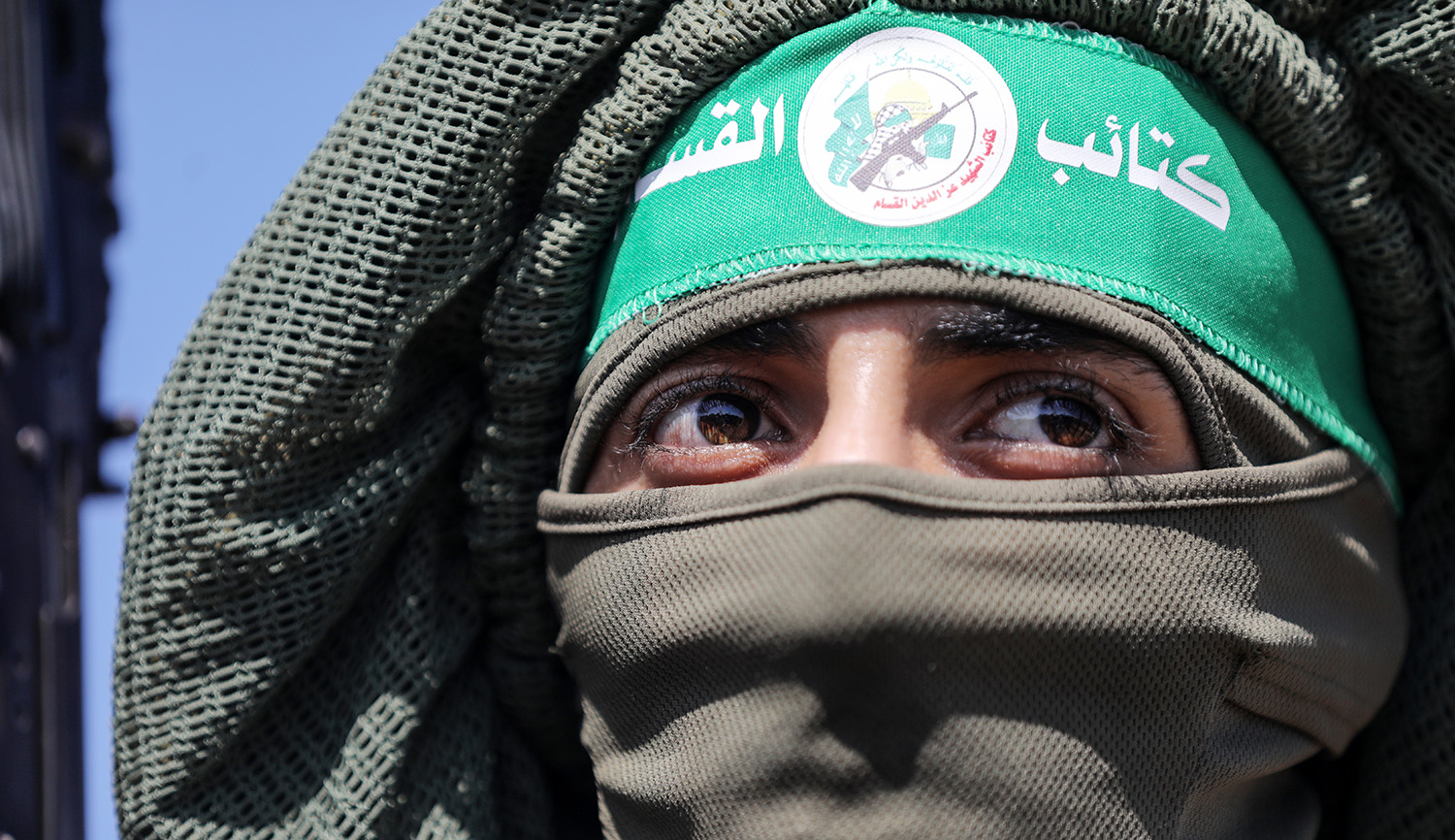Around 200 CE, a group of rabbis produced a digest of legal opinions, together with some theological ones, known as the Mishnah. This was the first attempt (or the first attempt that survived) to put what these rabbis called the Oral Torah into writing. At some point, a parallel text, containing alternative opinions, was also put to parchment and given the name Tosefta—Aramaic for “addition.” Michael Satlow considers the oldest extant manuscript of the Tosefta, which once belonged to the Jewish community of the German city of Erfurt:
The Erfurt manuscript is the earliest and best witness to the Tosefta. Yet the Tosefta is itself a somewhat mysterious document. It reads much like the Mishnah, largely following its order. Some parts of it are identical to the Mishnah; others presuppose and comment on passages found in the Mishnah; and yet others seem to precede the Mishnah. While the Mishnah became the base text for two Talmuds (Palestinian and Babylonian), we do not know where, when, or why the Tosefta was redacted as a single document, nor how it was used.
That, though, is only preface to the story of our manuscript, which dates to the 12th century. The manuscript itself is hefty, heavy, and must have been expensive to produce. It is made of large parchment pages dotted with pinholes on the margin, to help the scribe keep a straight line. The scribe was also thrifty enough that when a page ripped, he stitched it back together rather than start a fresh one.
The Tosefta was one of fifteen extant Hebrew manuscripts used by the Erfurt Jewish community. Some of these manuscripts, such as an enormous Bible, are significant works, and there is a long, complex, and bloody history behind their survival. That story, with pogroms, property seizures, and ultimately the seizure of these manuscripts into Christian libraries, encapsulates the story of German Jews in the Middle Ages.
More about: Jewish history, Manuscripts, Mishnah


